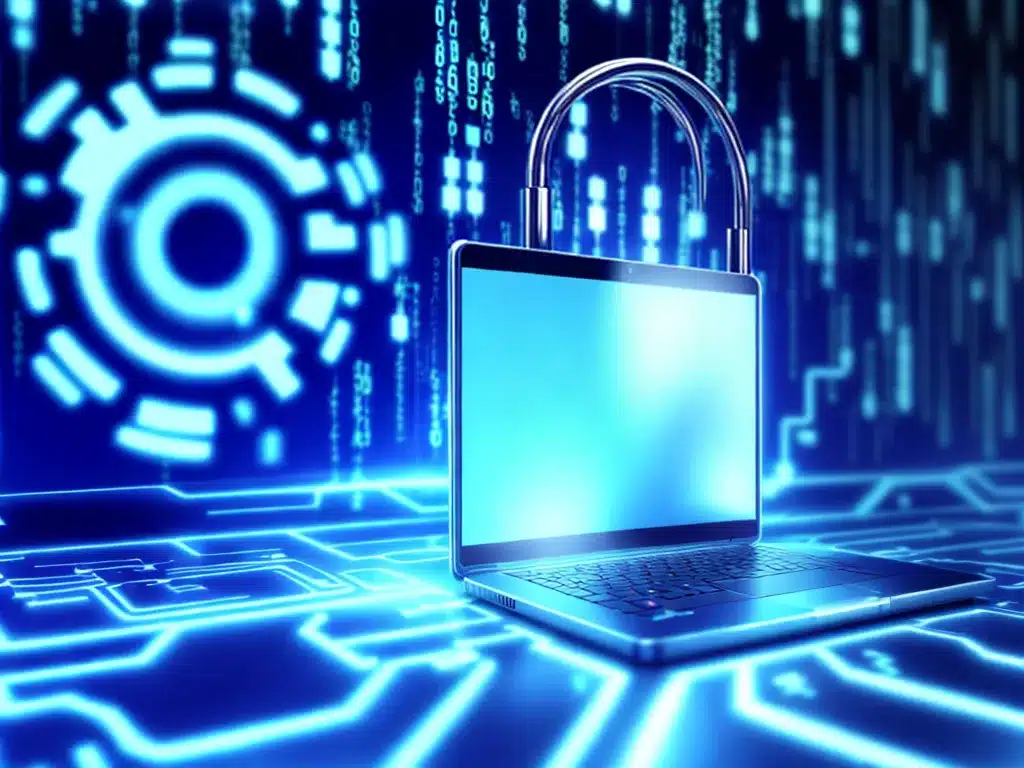Data breaches can have devastating consequences for organisations, compromising sensitive information, eroding customer trust, and resulting in heavy fines. As a business leader, it is critical to understand the cyber threats your company faces and take proactive steps to secure your data. Here is a comprehensive guide on preventing data breaches in your organisation:
Conduct Regular Risk Assessments
The first step is to identify potential vulnerabilities in your systems and processes. I recommend conducting thorough cybersecurity risk assessments at least annually. These assessments should:
- Catalog all systems/applications holding sensitive data.
- Identify gaps in security controls.
- Gauge the impact of a potential breach.
- Highlight high-risk areas that need improvement.
Consult experts to ensure the risk assessment is robust and methodical. Also, perform more frequent focused assessments on high-risk areas.
Strengthen Technical Safeguards
With risks identified, I can make strategic investments in security controls and technologies to mitigate the biggest concerns. Important safeguards include:
- Firewall and network security: Install next-gen firewalls, use VPNs, and segment networks to control access.
- Endpoint protection: Deploy advanced antivirus, anti-malware, and endpoint detection software on all devices. Keep them updated.
- Access controls: Enforce the principles of least privilege and separation of duties. Install robust identity and access management solutions.
- Encryption: Encrypt data in transit and at rest. Mandate strong protocols like TLS 1.2+ and AES-256.
- Vulnerability management: Regularly scan for vulnerabilities. Patch management is critical.
- Email security: Implement DMARC, DKIM and SPF to prevent phishing attacks. Use secure email gateways.
- Backup: Maintain complete, encrypted backups stored offline to enable fast recovery after an attack.
Layering these defences creates overarching protection.
Secure the Human Element
Despite advanced security tools, employees are a leading source of risk. I promote good cyber hygiene throughout my organisation:
- Mandatory cybersecurity training for all employees.
- Develop clear security policies and procedures. Ensure compliance.
- Limit access to sensitive data to select employees only.
- Encourage vigilance against suspicious emails. Phishing simulations help.
- Ensure strong password policies across the organisation.
- Monitor user behaviour for signs of compromised credentials.
Promoting cybersecurity awareness company-wide reduces risk substantially.
Monitor for Threats
I implement continuous monitoring and analytics to detect threats proactively. Key practices include:
- SIEM solutions to aggregate and analyse security event logs.
- File integrity monitoring to detect malicious or unauthorised changes.
- Monitoring for anomalies in user behaviour and network traffic.
- Dark web monitoring for compromised credentials.
- Regular penetration testing to find weaknesses.
By monitoring around the clock, I can rapidly spot and respond to emerging threats targeting my data.
Prepare Incident Response Plans
Despite best efforts, some incidents occur. I have detailed IR plans for rapid containment, eradication and recovery after a breach. The plans cover:
- Roles and responsibilities – Ensure clear ownership.
- Communication protocols – Having ready public statements helps manage fallout.
- Technical strategies – Isolate affected systems, close backdoor access etc.
- Legal/regulatory requirements – Knowing notification timelines helps comply with laws.
- PR crisis management – Being ready to engage customers/media reduces damage to reputation.
- Post-incident analysis – Learnings applied to improve security posture.
With robust incident response, I can mitigate the impact of any breach that occurs.
Foster a Security Culture
Ultimately, effective cybersecurity requires building an organisational culture of security. Leadership sets the tone. I demonstrate commitment by:
- Making cybersecurity a strategic priority, providing adequate budgets.
- Developing a cyber secure workplace where employees take ownership of protection.
- Encouraging discussion of risks and best practices.
- Recognising those who promote security.
- Leading by example – good security hygiene starts from the top down.
Organisations with robust security cultures vastly reduce their risk of devastating data breaches. By taking a proactive approach, using layers of technical controls, and promoting vigilance across my workforce, I aim to make my company an incredibly hard target for cybercriminals seeking to steal critical data assets.












